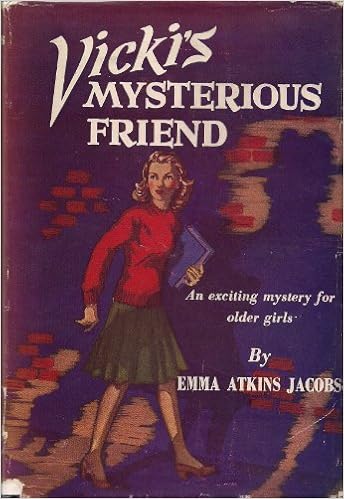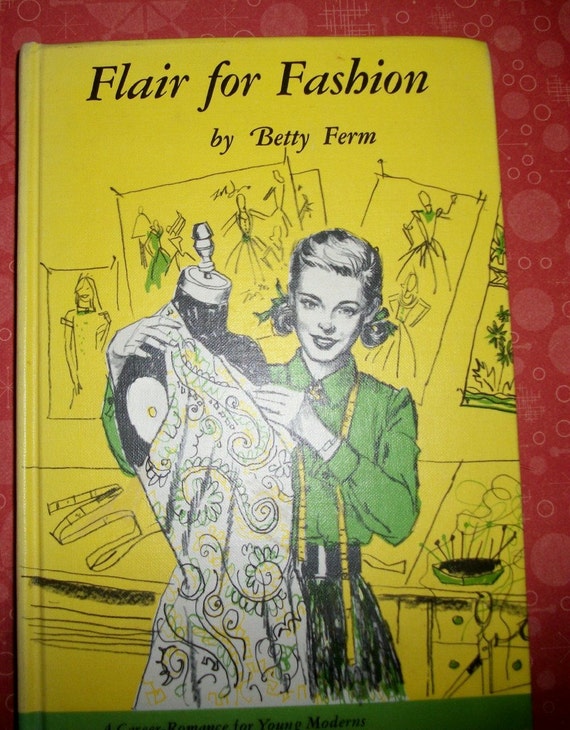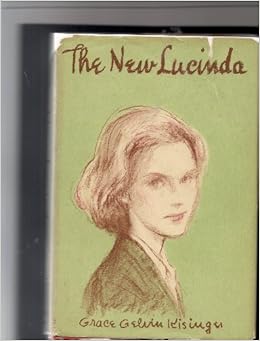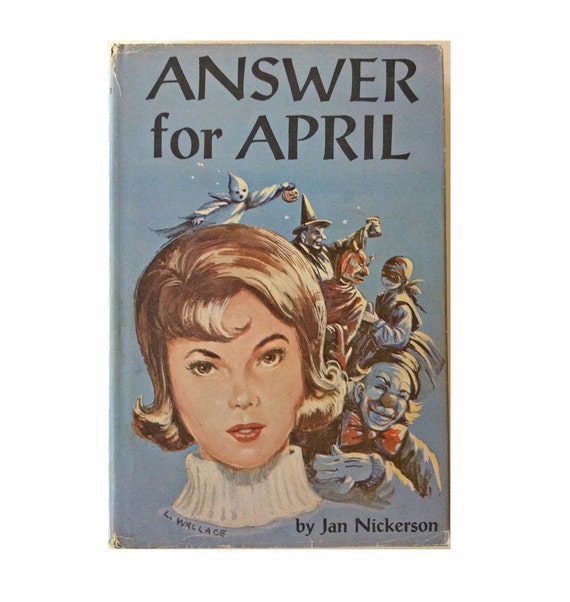Emma Atkins Jacobs, il. Jean MacLaughlin
1947, The John C. Winston Company
Her upstairs room was
none too warm in winter; so Vicki wriggled herself into a faded brown wool
jersey and jerked the side zipper snugly into place.
A very promising beginning, with clothing porn. In a small city in Washington, nineteen-year-old
Vicki Burnett has been stand-in mother for her four younger siblings since
their mother’s sudden death five years earlier.
She (of course) has someone to do the heavy lifting in Aunt Bertha, but
it’s to Vicki that all the million small chores come – keep Bob (14) from drifting
into trouble with his pals, wrangling the small children Donald (7) and chatty
Susan and, most of all, dealing with pretty, popular little bulldozer…er,
sister, Margery. As the book opens,
Margery blows into Vicki’s bedroom to demand big sis do some sewing for her
(she’s got a hot date). Vicki weakly protests she has to work on her sketches
(she’s a budding interior designer in college) but capitulates quickly.
At that moment the
door burst open and Margery swept in. She wore a dark gray Chesterfield coat
with a scarlet beret and mittens. Gold-blond curls framed her gay young face.
Her eyes were very blue and her saucy mouth was vividly accented with
cherry-red lipstick. She carried a green frock, which she tossed on the bed.
Somehow, it’s obvious the underlying theme of this book is
going to be sister rivalry. And indeed,
a handsome young man soon arrives at the door.
He has nearly killed Donald, who was sledding on a dangerous
street. The kid’s fine, so we’re told –
he then vanishes from the book. He
existed only to bring together Brian Royce with the mostly legal female members
of the family. They will fight over him
like cats over a fish head.
And then we switch gears and discover that their father is
sick. He owns a bakery and his hard work
and stress over supporting a large family have given him a “bad digestive
condition” and his doctor says he needs a six months break in a warmer climate
– say, southern California – to recover fully.
He stresses over who will run the business, and Vicki volunteers.
For a while, we watch Vicki struggle mildly to learn the
baking business and make inexpensive décor changes to the shop and sign. She
realizes how hard her father’s worked to support them all, and begins to wonder
if she really wants to finish that design course instead of staying with the
family business.
And then we switch out again. While the above action was going on, Margery
and Vicki had been jousting for the McGuff.. er, Brian Royce. He seems a swell guy, charms the family, dates
both sisters genteelly. But Bob,
drifting into a tough part of town, finds Royce in a seedy bar. The man
manipulates Bob, who’s found himself in a bit of a argument with the bar owner,
into keeping his mouth shut about seeing Bob in this disreputable place.
The first half is snappy and interesting enough, if not
fully realized. The mystery that begins with Royce’s strange, unsavory behavior
simply ruins the book.
Other books by Emma
Atkins Jacobs
The Secret Spring
(1944)
Far West Summer
(1949)
Trailer Trio
(1942)
Smooth Sailing
(1954)
A Chance To Belong
(1953)
For Each A Dream
(1958)
Links
Kirkus review









